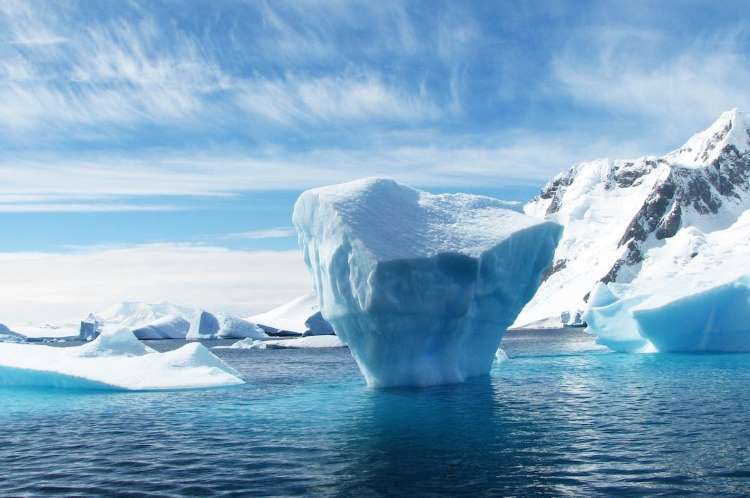
The rising sea level, caused by global warming, will trigger a big humanitarian crisis. A report of the World Meteorological Organisation has issued a stern warning on the threat to some of the world’s largest cities from rising sea level. The WMO report says India, China, Bangladesh and the Netherlands face the highest threat from sea-level rise globally.
Several big cities in all continents will suffer from the consequences of sea level rise, says the report titled Global Sea-level Rise and Implications. The list includes Shanghai, Dhaka, Bangkok, Jakarta, Mumbai, Maputo, Lagos, Cairo, London, Copenhagen, New York, Los Angeles, Buenos Aires and Santiago.
READ | Govt eyes more revenues from 5G spectrum sale
The rise in sea levels is triggered primarily by thermal expansion of oceans and the melting of land-based ice. When water heats up, it expands. As the Earth’s atmosphere and oceans warm due to the emission of greenhouse gases such as carbon dioxide, the volume of seawater increases. This thermal expansion of seawater is a major contributor to the rise in sea levels. Another major contributor to sea-level rise is the melting of land-based glaciers, ice caps, and the Greenland and Antarctic ice sheets.

As global temperatures rise, these ice sheets are melting at a fast pace, adding more water to the oceans and increasing sea levels. Other factors include changes in ocean currents and winds, and changes in land elevation due to subsidence or tectonic activity.
Currently, the biggest ice mass which is in Antarctica is melting at unprecedented rates which is putting the risk of much higher sea level rise due to potential intrusion of seawater underneath the ice mass. The result will be submergence of low-lying areas. This is not just a humanitarian crisis but will also have major economic costs.
Rising sea levels cause the erosion of coastal ecosystems, worsening the intensity of storm surges and flooding. They can also lead to the contamination of soil and groundwater with salt, further impacting food security.
Implications of sea-level rise
The undergoing changes in climate are already putting pressure on food and water but vulnerable areas will face further heat resulting in lesser food security and nutrition as droughts will increase in frequency, intensity and severity. Areas where energy, water and other services are already constrained will suffer even more. And all of this is not limited to some foreseeable future but is already happening. Several villages in India have already run out of water, forcing their inhabitants to either migrate or die.
The Greenland ice cap is melting at a quick pace but the dangers near home are even more alarming. Lives of millions who are living in the river basins of the Himalayas are at stake. In fact, the flooding of Himalayan ecosystem recently aggravated the flooding in Pakistan last year which claimed lives as well as had a huge economic cost. However, as these glaciers melt over time, the life-giving rivers supported by these glaciers such as the Indus, Ganges and the Brahmaputra will dry up too.
The severity and urgency of the situation for India cannot be overstated with its 7,500 kms long coast line, bordering the mainland and the islands with the Bay of Bengal in the East, the Indian Ocean on the South and the Arabian Sea on the West. India is severely exposed to climate change as has been shown in previous reports as well.
Inter-governmental Panel on Climate Change (IPCC) said that India is one of the countries that will be most economically harmed by climate change. With its second largest population and vast geography, India faces a dual anomaly of both rising sea levels and water scarcity. According to the report, by the middle of the century, around 35 million people in India could face annual coastal flooding, with 45-50 million at risk by the end of the century.
Cushioning the impact
As it is virtually evident that rising sea levels will wreak havoc one day, the need of the hour is to include protection, accommodation, advance and planned relocation and ecosystem-based approaches, the report said. However, one homogenic approach may not work and respective governments must align their responses with sociocultural values and development priorities, and underpinned by inclusive community engagement processes.
According to the report, urban systems could help mitigate the dangers of climate change and these interconnected systems can be made especially at coasts for enabling climate resilient development. Coastal cities and settlements play a key role in moving toward higher climate resilient development given firstly, almost 11% of the global population, which is around 896 million people, lived within the Low Elevation Coastal Zone in 2020, potentially increasing to beyond 1 billion people by 2050.
